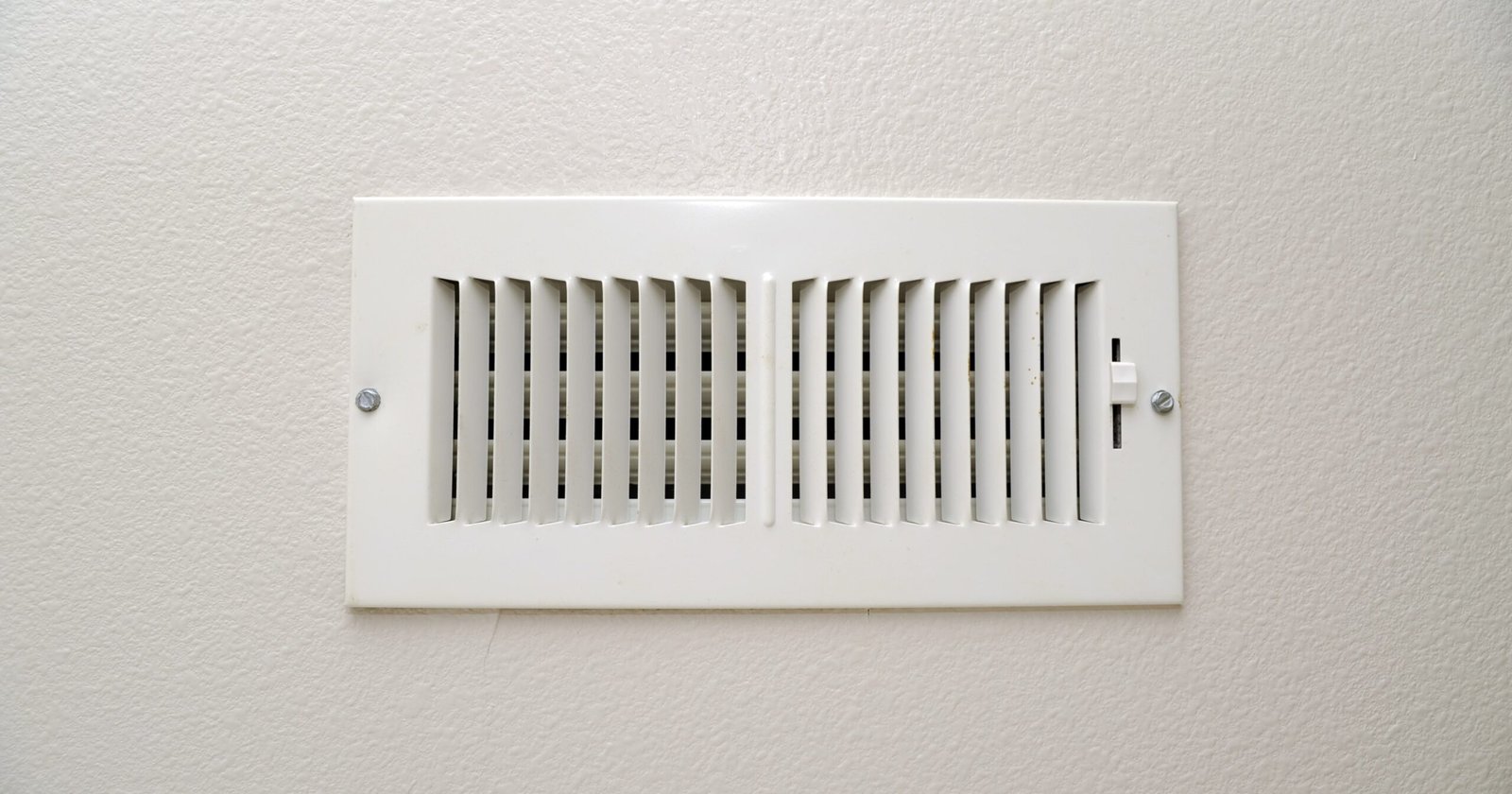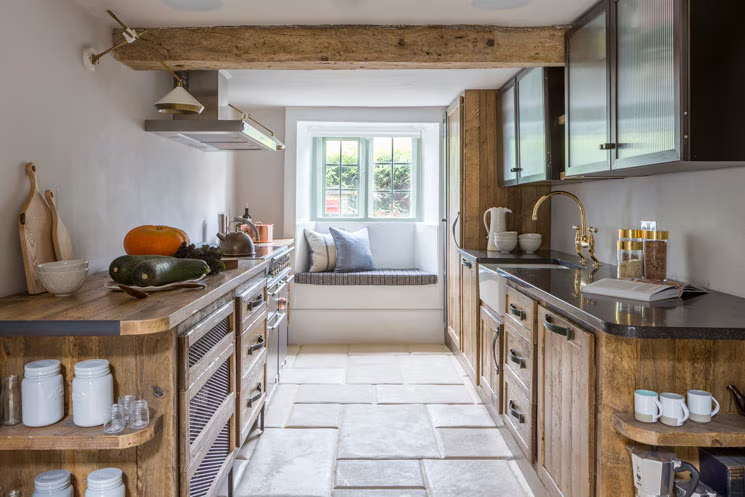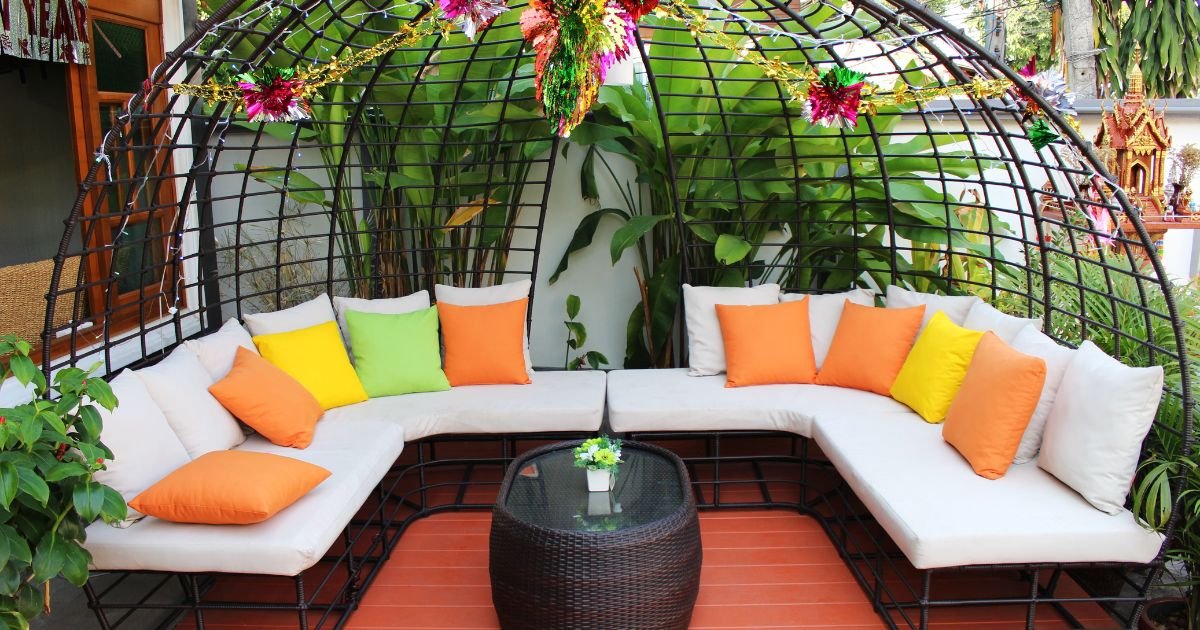How Far Should Furniture Be From The Air Vent? Give It Some Space. To ensure proper functionality, an air return vent requires 6-12 inches of space in front of it. Home Inspection Insider advises against placing substantial furniture, such as sofas and bookshelves, in front of an air return vent.
Arranging your furniture just right isn’t only about looks. It’s also about making your home comfortable. If you’re wondering how far furniture should be from an air vent to get the most out of it, take a few minutes to read through this article.
We’ll discuss the proper distance to keep your furniture from air vents. Getting this right helps your home stay comfortable. When furniture is too close, it can make some spots too hot or cold. So, let’s learn how to arrange things just right for a cozier, more comfortable home.
Tips for Placing Furniture the Right Distance from Air Vents
Getting your furniture in the right place can make your home warm and inviting.
But did you know it can also affect how your air vents work? Let’s look at some simple tips to help you “How Far Should Furniture Be From Air Vent” and keep your home comfy all year round.
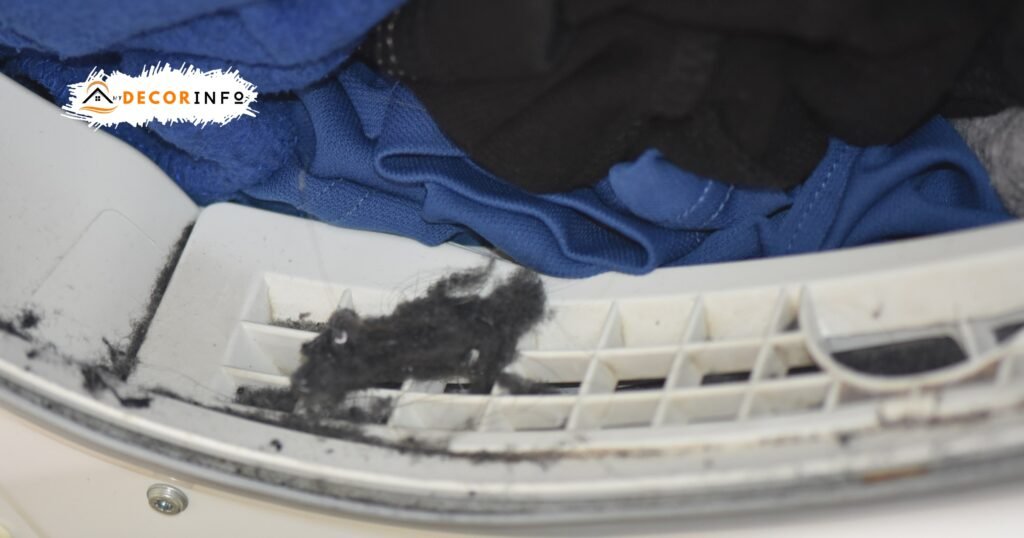
1. Maintain a Clear Path
To keep your home comfortable, ensure a clear path from your air vents to the rest of the room.
Furniture, rugs, or other items shouldn’t block this path.
Aim for at least two feet between your furniture and air vents.
This allows the air to circulate freely, helping your HVAC system work more efficiently and maintain a consistent temperature throughout your home.
2. Apply the Three-Foot Rule
How Far Should Furniture Be From The Air Vent? The ‘Three-Foot Rule’ is a practical approach to placing furniture near vents.
It would help to keep furniture at least three feet from any air vent.
This helps prevent blockages and lets more warm or cool air get to every part of your room.
It makes your house more comfy and can help save energy, too.
It’s easy to do, and it makes a difference.
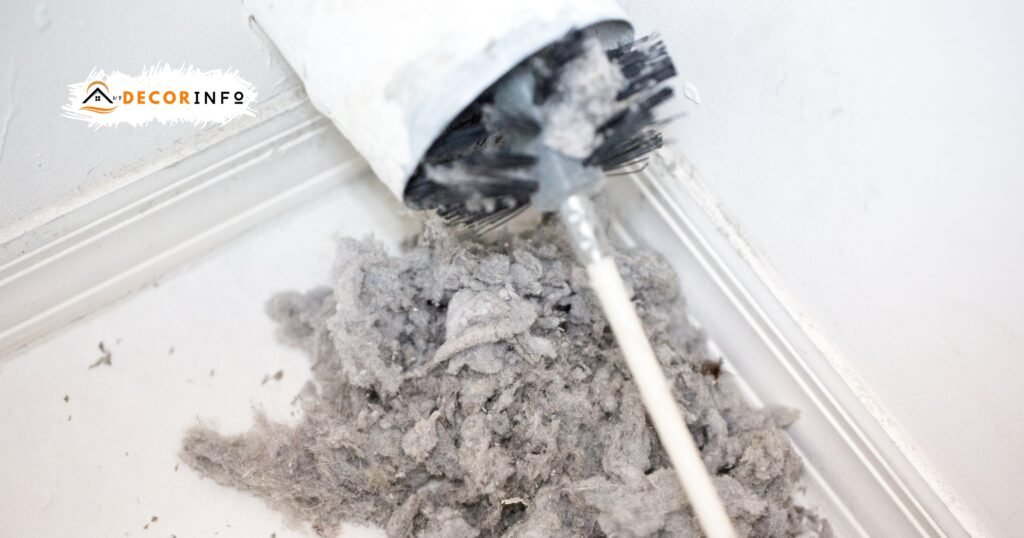
3. Consider Air Vent Covers
Air vent covers can be a good solution for managing airflow.
They don’t block the vent but direct the airflow in a particular direction.
This might be useful if the furniture is slightly closer to a vent than desired.
Remember, these covers should not wholly block the vent but aim to redirect the air.
4. Don’t Forget About Curtains and Drapes
Curtains and drapes can also obstruct airflow from vents.
Ensure they are not covering your air vents, especially in the winter when heating is essential.
Hang them high and let them fall a few inches above the vent, allowing warm or cool air to circulate freely.
This simple step can significantly improve your home’s comfort and energy efficiency.
5. Use a Digital Thermometer
Using a digital thermometer can help monitor your home’s temperature accurately.
Place it away from vents or direct sunlight to get correct readings.
It lets you check if your HVAC system is functioning correctly.
It’s a small, inexpensive device, but very useful.
It may indicate a blocked vent or other issue if your home feels too hot or cold despite the thermostat setting.

6. Opt for Vent-Friendly Furniture
When choosing furniture, consider vent-friendly options.
Furniture with raised designs, like sofas or tables with tall legs, allows for better airflow.
Avoid solid, bulky furniture near vents, which can block air circulation.
You maintain good airflow and enhance your HVAC system’s energy efficiency by choosing vent-friendly furniture.
7. Regular Maintenance is Key
Regular maintenance of your HVAC system is essential to keep it running efficiently.
It’s a good idea to schedule routine maintenance checks with professionals.
They can detect issues early, clean filters, and clear vents.
This keeps your system working well and can save on energy costs.
8. Seek Professional Advice
If you’re unsure about handling your HVAC system, seek professional advice.
Experts can guide you on optimal settings, maintenance schedules, and energy-saving tips.
They can inspect your system, identify issues, and suggest practical solutions.
Don’t hesitate to ask for professional help; it’s a smart move to ensure your system’s longevity and efficiency.
Conclusion
How far should furniture be from the air vent is essential. Ideally, keep furniture at least two feet away from the vents. This ensures good air circulation and helps your HVAC system work more efficiently. Furniture placed too close or blocking the vents can obstruct airflow. This leads to poor temperature regulation and strains the HVAC system, causing it to work harder and consume more energy. Thus, the positioning of furniture is not just about comfort and design but also plays a significant role in maintaining an energy-efficient home. Proper airflow contributes to a comfortable, healthy, and energy-efficient living environment. So, choose vent-friendly furniture and be mindful of its placement to enjoy the full benefits of your HVAC system.
FAQs
How far should furniture be from the air vent
Ideally, Your furniture should be at least two feet from the air vent. This distance allows proper airflow, helping your HVAC system work efficiently. If furniture blocks the vents, it can lead to poor temperature control, making your HVAC system work harder and use more energy. Therefore, always consider vent-friendly furniture placement.
How far should furniture be from heat?
Your furniture should be at least three feet away from the heating vents. This is for safety to prevent fires, and for efficient heating. When furniture is too close, it can block heat from reaching the room, making your heating system work harder. So, always be mindful of where you put your furniture.
Where is the best place to put an air vent in a bedroom?
The best location for an air vent in a bedroom is high up on the wall, preferably near the ceiling. This location allows cool or warm air to disperse across the room evenly. Ensure the vent isn’t blocked by furniture or curtains to maintain efficient airflow. Always consult an HVAC specialist for professional advice on vent placement.
Does heat damage furniture?
Yes, heat can damage furniture over time. Exposure to high temperatures can cause wooden items to dry out and crack. Likewise, leather and fabric may fade and deteriorate faster. It’s best to keep furniture away from direct heat sources and use conditioners to maintain them.
Is it OK to cover air vents?
It’s generally not a good idea to cover air vents. Protecting them can disrupt the airflow in your home, making your HVAC system work harder and potentially raising energy costs. Additionally, it can lead to uneven heating and cooling in different rooms, causing discomfort.
Are there any specific guidelines for arranging furniture near heating vents versus cooling vents?
The rules for heating and cooling vents are the same when arranging furniture near vents. Keep furniture at least three feet away to prevent blocking airflow. This promotes safety and efficiency. It’s also essential to avoid heat damage to furniture and ensure even temperature distribution in the room.
